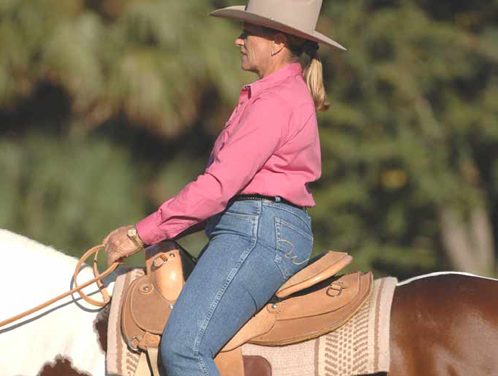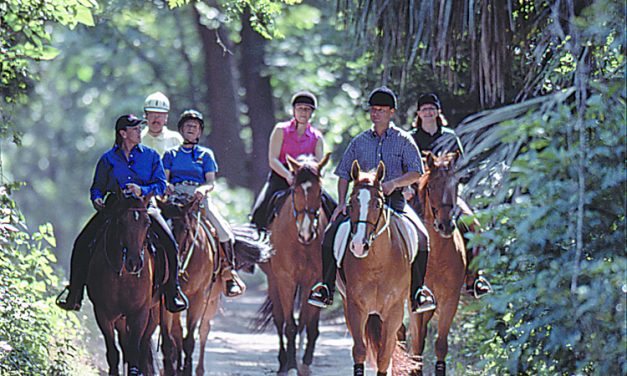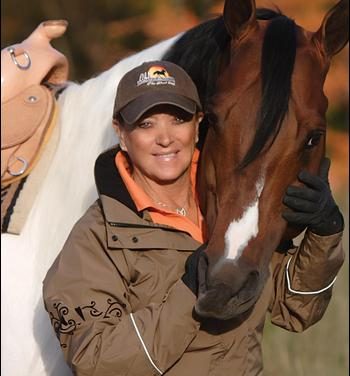Tips for Mounting Properly
We’ve reviewed what the term “aids communication” means and why it is so important to success in communicating with our horses. In the next few articles I am going to share training techniques built on the use of the rider’s natural aids, meaning her seat, legs, and hands—not artificial training aids or gimmicks! You will learn how to teach your horse to respond more willingly, without using force.
Read More



